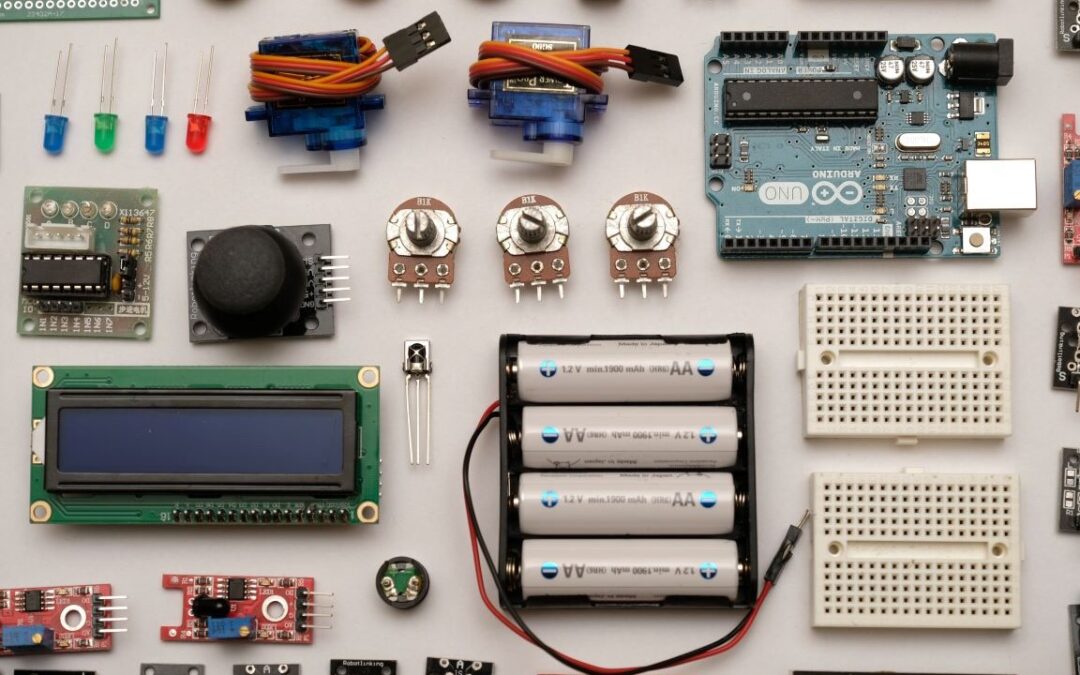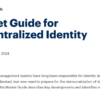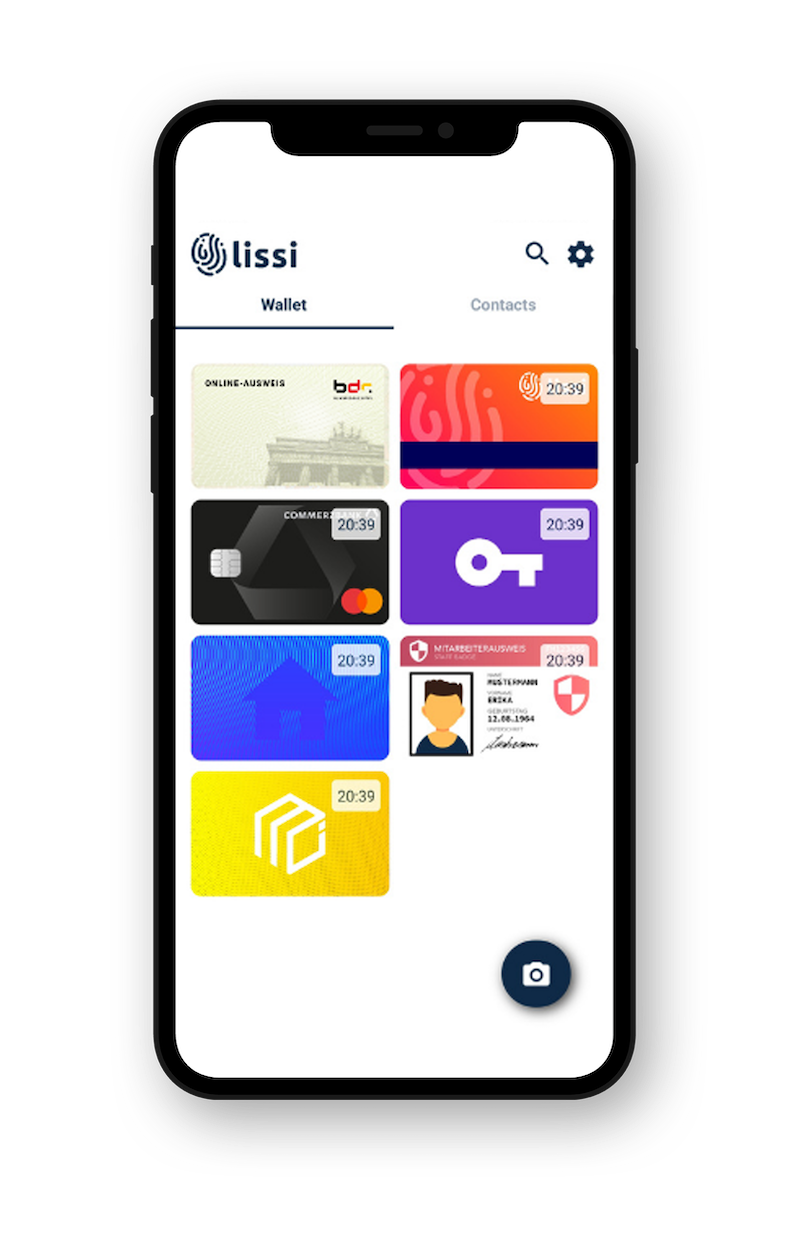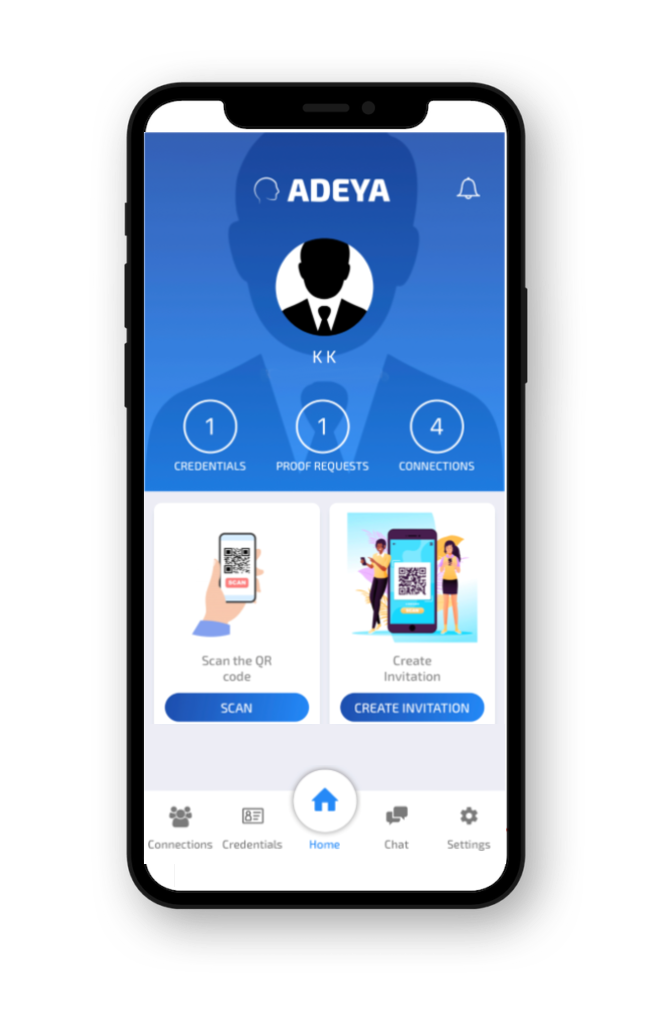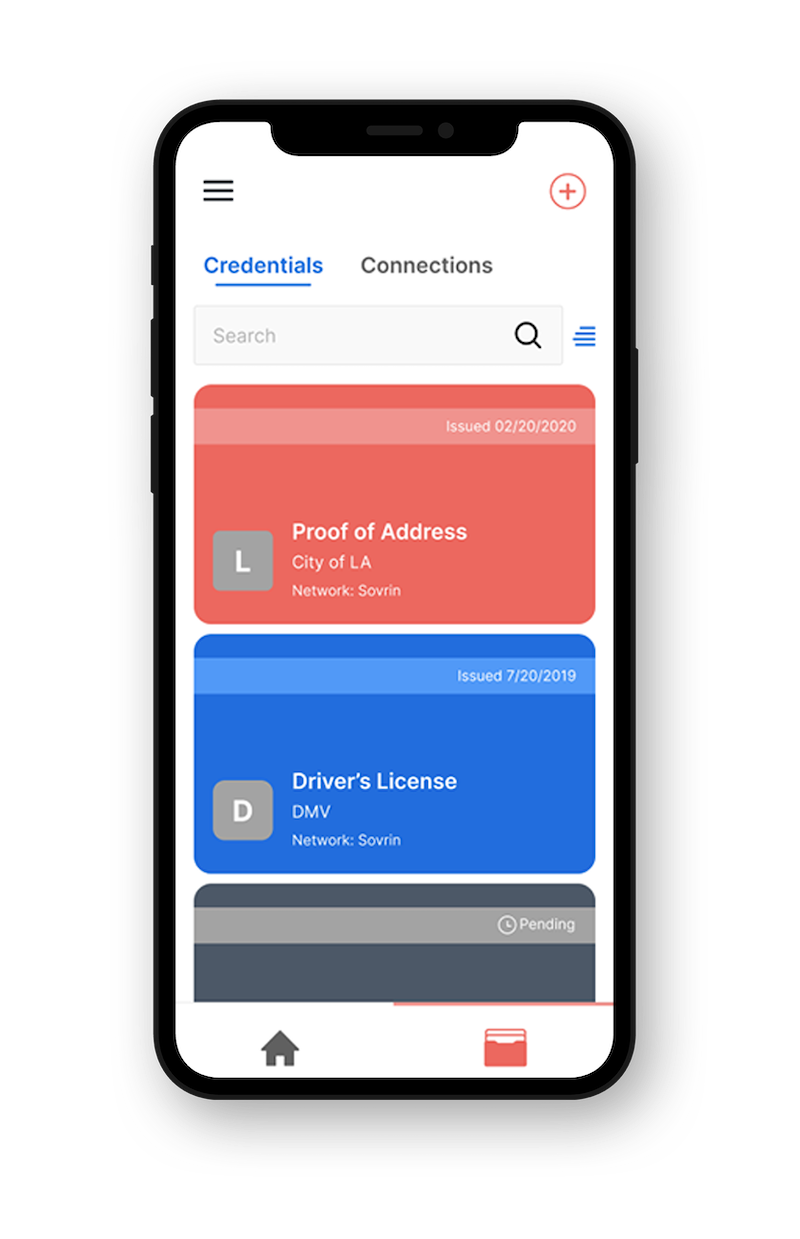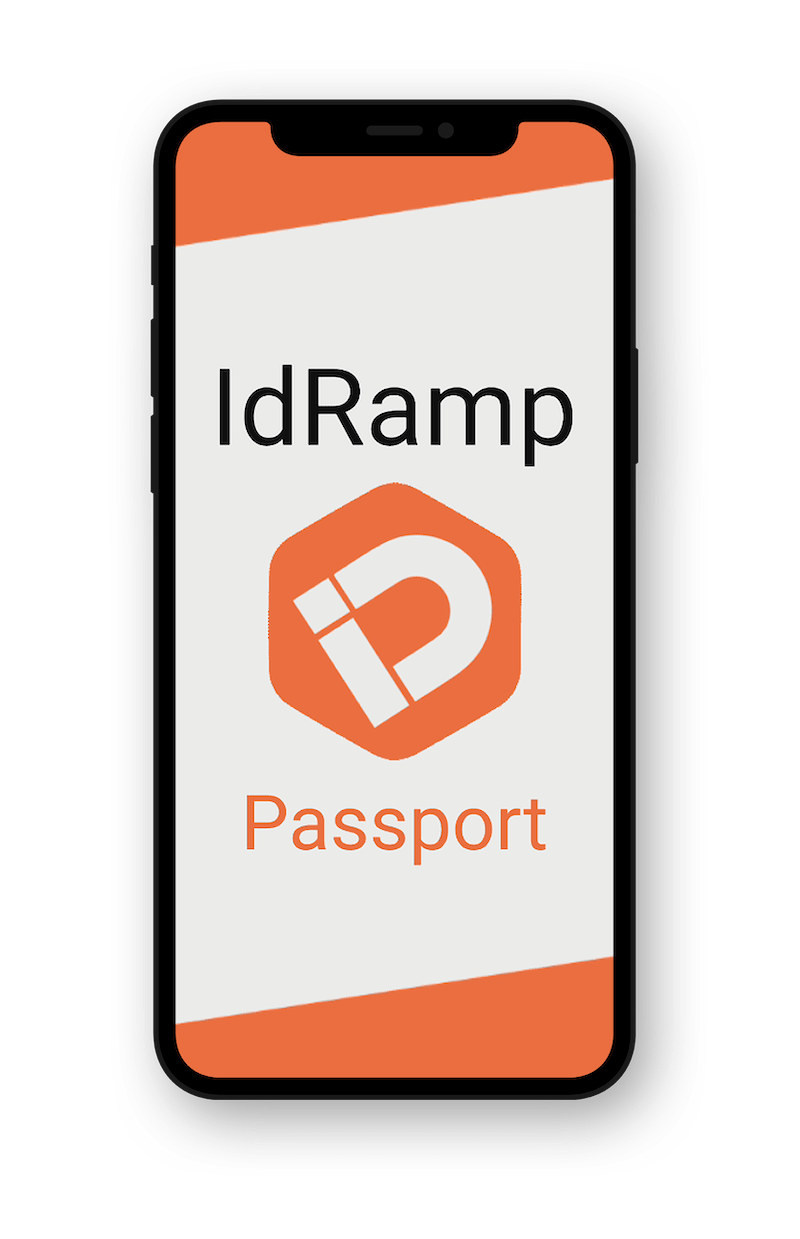Before purchasing a decentralized identity solution you will need to decide if you want to buy a platform or component-based system. But what is the difference, what are the benefits of each approach, and what will provide the best way forward for your organization?
By Tim Spring
Based on the descriptions alone, you may have an inkling of what sets these two ways of purchasing solutions apart. But to make sure we’re all on the same page, here’s what we mean when we describe a system as a platform or component-based:
A platform solution is wholly created, packaged, and hosted by someone else. They have decided which features are important and are offering you a full solution.
A component-based solution can be put together either by you or a third party and is made up of several different pieces, potentially from several different sources.
When it comes to decentralized identity solutions, both of these approaches have benefits and drawbacks depending on your goal.
Platform solutions
The biggest benefit of a platform-based approach is that the software is ready to go: It requires little or no work on your team’s part in order to get started. A good example is email. Most organizations do not have to build their own messaging systems because email exists and is already widespread and interoperable. Other benefits of a platform include letting someone else host the data and run the software, thereby reducing the amount you need to be responsible for.
The main drawback of platform solutions is lack of control and flexibility. Going back to the email example, if there is a feature you would like to add, your team is unlikely to be able to edit the features available through Gmail. Another thing to keep in mind is that as someone else is running the software, you may have recurring payments to keep the software running. Also something to consider is that the data you collect will be stored by the platform. If you are an organization with security concerns — such as a government — this option may not be for you.
TLDR; platform solutions offer a more plug and play and less customizable experience that is maintained and owned by a third party. They can be an excellent option for smaller organizations that don’t want to create and maintain their own solutions.
Component-based solutions
The biggest benefit of a component-based solution is flexibility. These solutions let you build exactly what you need, and also allow you to switch out pieces as your needs change or newer features become available. A good example is a car. You fully own your car, you can customize it to your wants and needs, and if something stops working you are responsible for repairing it. In addition to fully owning a component-based solution, you also operate the software yourself, and control where your data goes.
The main drawback to component-based systems is that it requires expertise and time to implement, all of which increases with each additional feature. Going back to our car analogy, there is a reason that many people opt to go to mechanics rather than fix their cars themselves — they want the mechanic’s years of experience. Other things to keep in mind with this kind of system is that you will need to host it somewhere and maintain it, which can require more computers or cloud server cost and more internal team skill.
TLDR; component-based solutions offer a highly customizable system that may take some time to put together, but is owned and operated by your organization. This is an excellent option for larger organizations that have specific features they need or regulations to follow when it comes to their data.
Indicio’s approach
Indicio offers component-based solutions to our customers. We believe that this is the best way to build decentralized ecosystems because it provides flexibility. As the technology advances, the ability to rapidly adopt newer components and features can be critical to success. — You do not want to be left waiting for your platform to integrate these features into its software.
Our number one goal at Indicio is customer success. Which means that while we sell components, we rarely ever end the interaction there. Our engineers have extensive experience in developing and implementing solutions and can help your team put the components you want together in the way that you need — should you need that kind of help.
Some of you may be wondering, “Isn’t Indicio Proven a complete platform?”
It is similar, but only in the sense that it provides all the components needed to build a complete ecosystem for issuing, holding, presenting, and verifying credentials, including hosting if needed. However, it’s not a platform because you fully own it, you control the data, and you run the software. Indicio never collects or even sees your data. To revisit our car analogy one last time, our team is happy to act as the manufacturer and put it together, or the mechanic and provide IT support, but at the end of the day it is your car.
If you would like to learn more about Indicio’s approach or the technologies we can help your organization get started with please get in touch with our team, or learn about our free trial of Proven Sandbox.

